File Excel
Type of resources
Topics
INSPIRE themes
Provided by
Years
Formats
Update frequencies
status
-
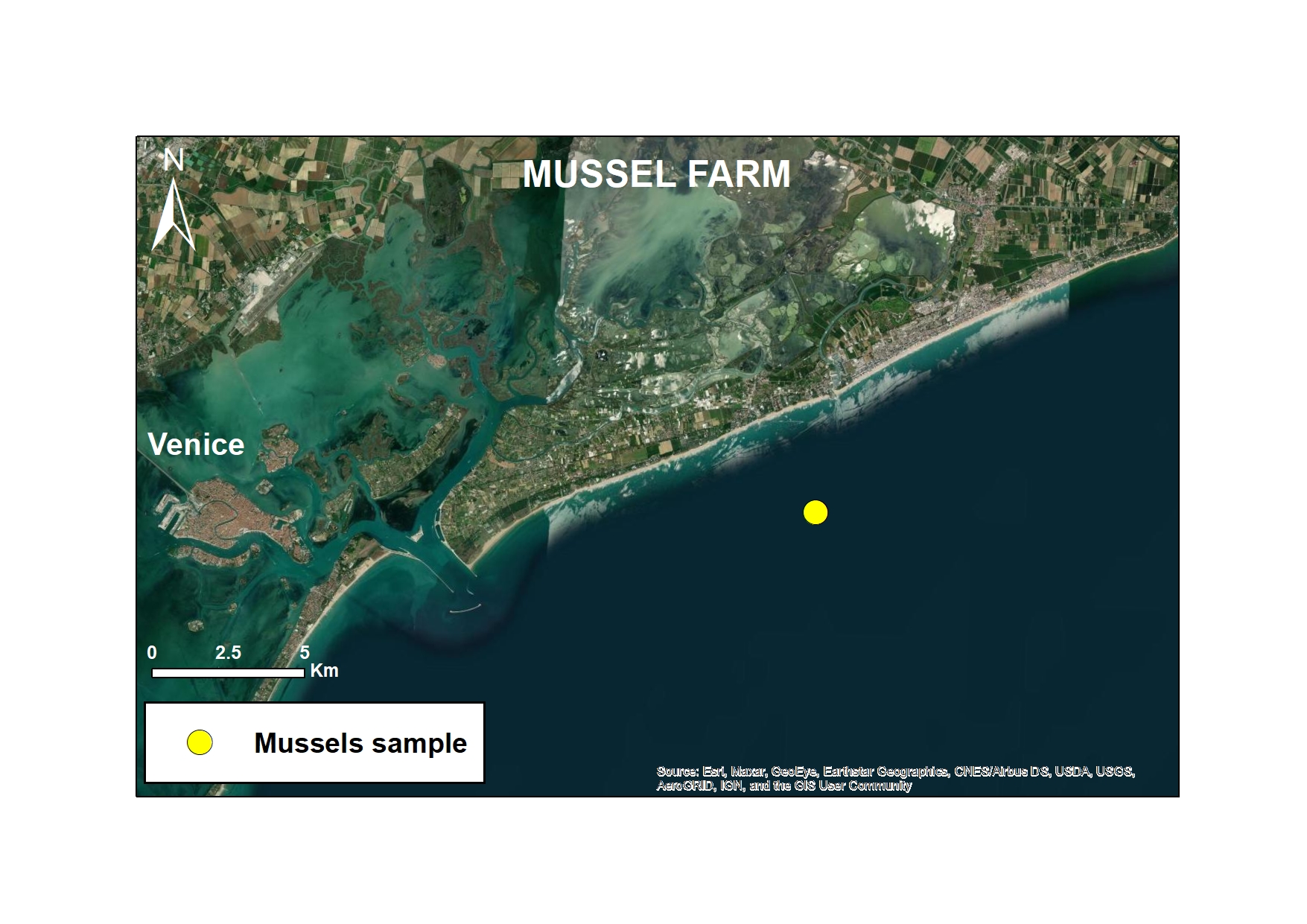
As part of the European MAELSTROM project, microplastic monitoring was carried out to assess the impact of marine cleaning operations. The study focused on two representative sites: Sacca Fisola, within the Venice Lagoon, characterised by high maritime traffic, and Mussel Farm, a coastal area near Cavallino-Jesolo, a former mussel farm. Both sites were monitored every six months and divided into before and after cleaning activities performed by the Seabed Robotic Cleaning Platform (autumn 2022 and late spring 2023 for the Sacca Fisola site and late spring 2023 for the Mussel Farm site). This innovative robotic system has been designed to remove macro-litter from the seabed.
-
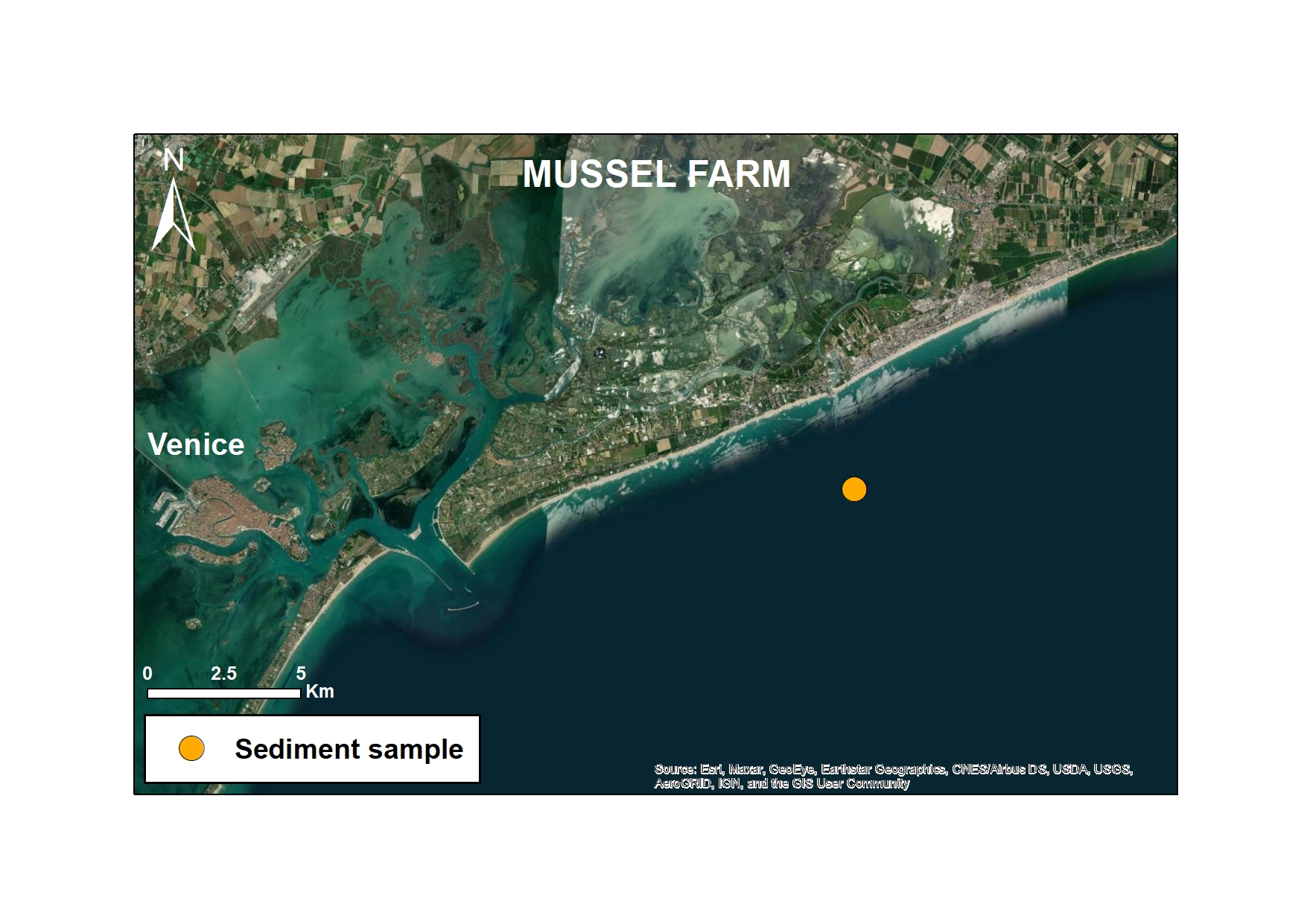
As part of the European MAELSTROM project, microplastic monitoring was carried out to assess the impact of marine cleaning operations. The study focused on two representative sites: Sacca Fisola, within the Venice Lagoon, characterised by high maritime traffic, and Mussel Farm, a coastal area near Cavallino-Jesolo, a former mussel farm. Both sites were monitored every six months and divided into before and after cleaning activities performed by the Seabed Robotic Cleaning Platform (autumn 2022 and late spring 2023 for the Sacca Fisola site and late spring 2023 for the Mussel Farm site). This innovative robotic system has been designed to remove macro-litter from the seabed. Monitoring also focused on surface sediments with the main objective of assessing the correlation between macro-litter removal and changes in MP concentrations in sediments.
-
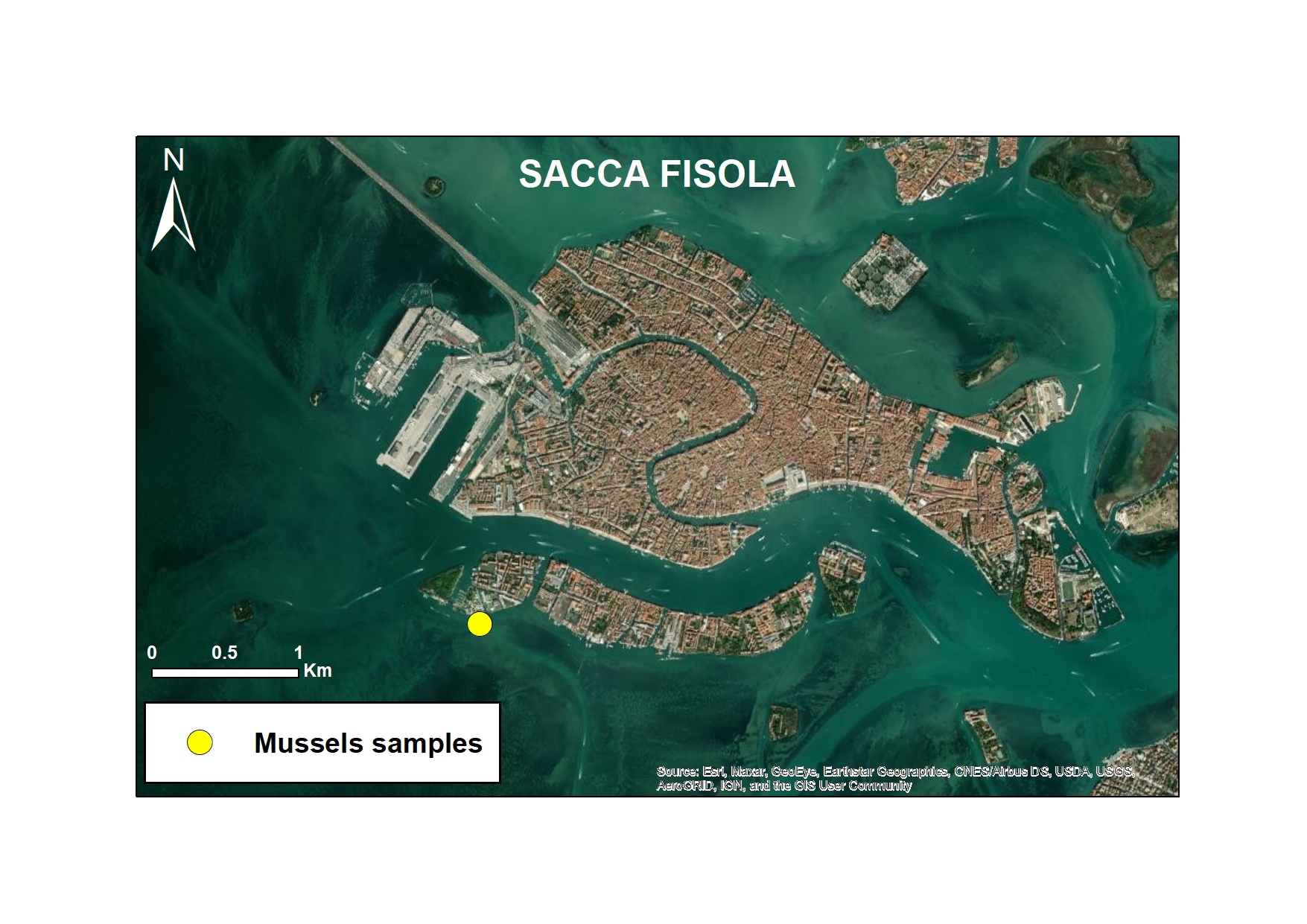
As part of the European MAELSTROM project, microplastic monitoring was carried out to assess the impact of marine cleaning operations. The study focused on two representative sites: Sacca Fisola, within the Venice Lagoon, characterised by high maritime traffic, and Mussel Farm, a coastal area near Cavallino-Jesolo, a former mussel farm. Both sites were monitored every six months and divided into before and after cleaning activities performed by the Seabed Robotic Cleaning Platform (autumn 2022 and late spring 2023 for the Sacca Fisola site and late spring 2023 for the Mussel Farm site). This innovative robotic system has been designed to remove macro-litter from the seabed. Among the matrices analysed, particular attention was paid to bivalves, which are used as bio-indicators. Several species, including Mytilus galloprovincialis, Magallana gigas and Ostreola stentina, were sampled to monitor the accumulation of microplastics (MP) in them. The main objective of the study was to assess whether the removal of macrolitter resulted in a reduction of microplastics in the environment.
-

As part of the European MAELSTROM project, microplastic monitoring was carried out to assess the impact of marine cleaning operations. The study focused on two representative sites: Sacca Fisola, within the Venice Lagoon, characterised by high maritime traffic, and Mussel Farm, a coastal area near Cavallino-Jesolo, a former mussel farm. Both sites were monitored every six months and divided into before and after cleaning activities performed by the Seabed Robotic Cleaning Platform (autumn 2022 and late spring 2023 for the Sacca Fisola site and late spring 2023 for the Mussel Farm site). This innovative robotic system has been designed to remove macro-litter from the seabed. The main objective was to assess possible changes in the concentration of secondary MPs in water surface, which are particularly abundant in the marine environment, following clean-up operations. This approach represents an innovative contribution to the understanding of macro-litter-MP interactions and to the improvement of marine pollution mitigation strategies.
-
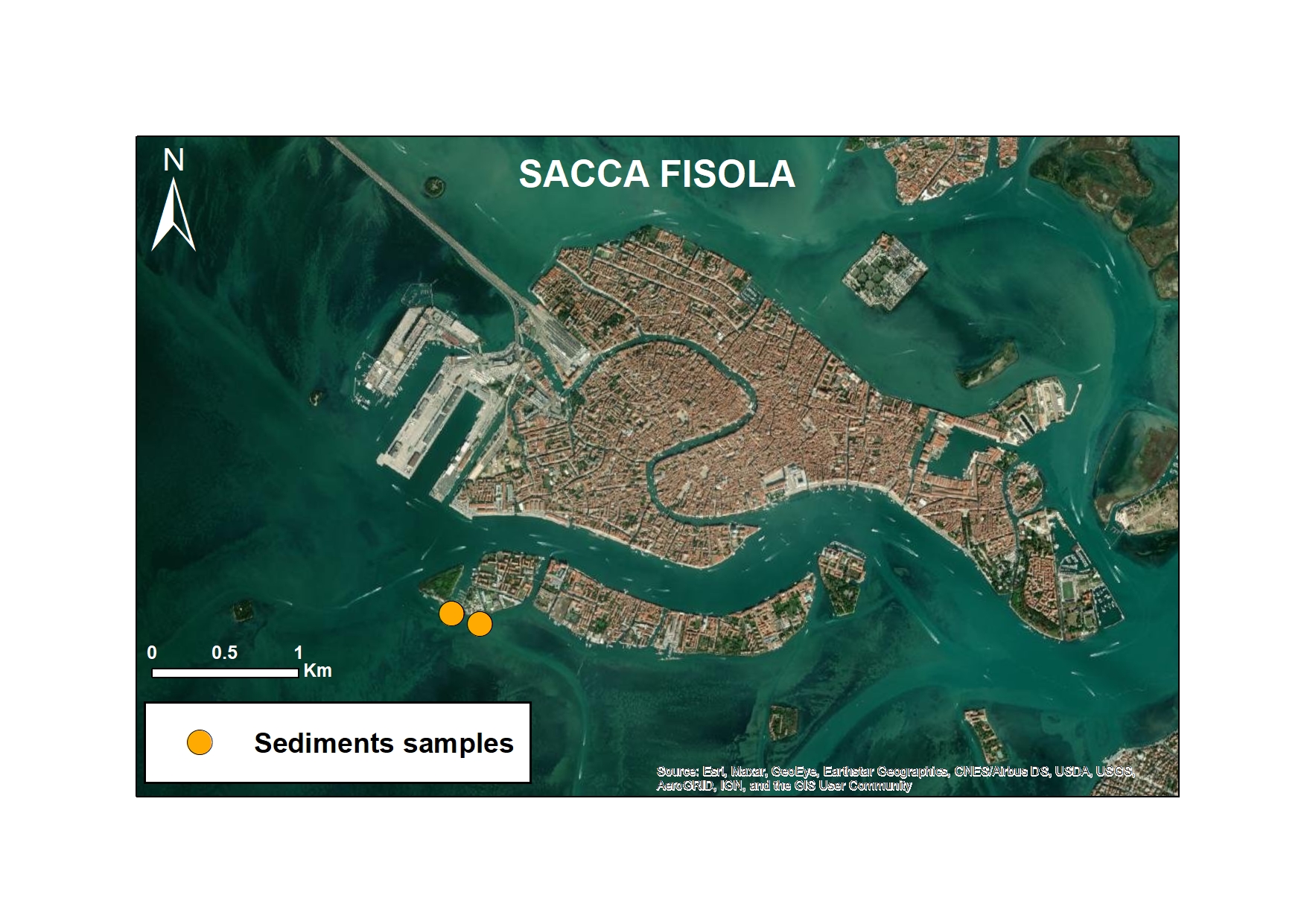
As part of the European MAELSTROM project, microplastic monitoring was carried out to assess the impact of marine cleaning operations. The study focused on two representative sites: Sacca Fisola, within the Venice Lagoon, characterised by high maritime traffic, and Mussel Farm, a coastal area near Cavallino-Jesolo, a former mussel farm. Both sites were monitored every six months and divided into before and after cleaning activities performed by the Seabed Robotic Cleaning Platform (autumn 2022 and late spring 2023 for the Sacca Fisola site and late spring 2023 for the Mussel Farm site). This innovative robotic system has been designed to remove macro-litter from the seabed. Monitoring also focused on surface sediments with the main objective of assessing the correlation between macro-litter removal and changes in MP concentrations in sediments.
-
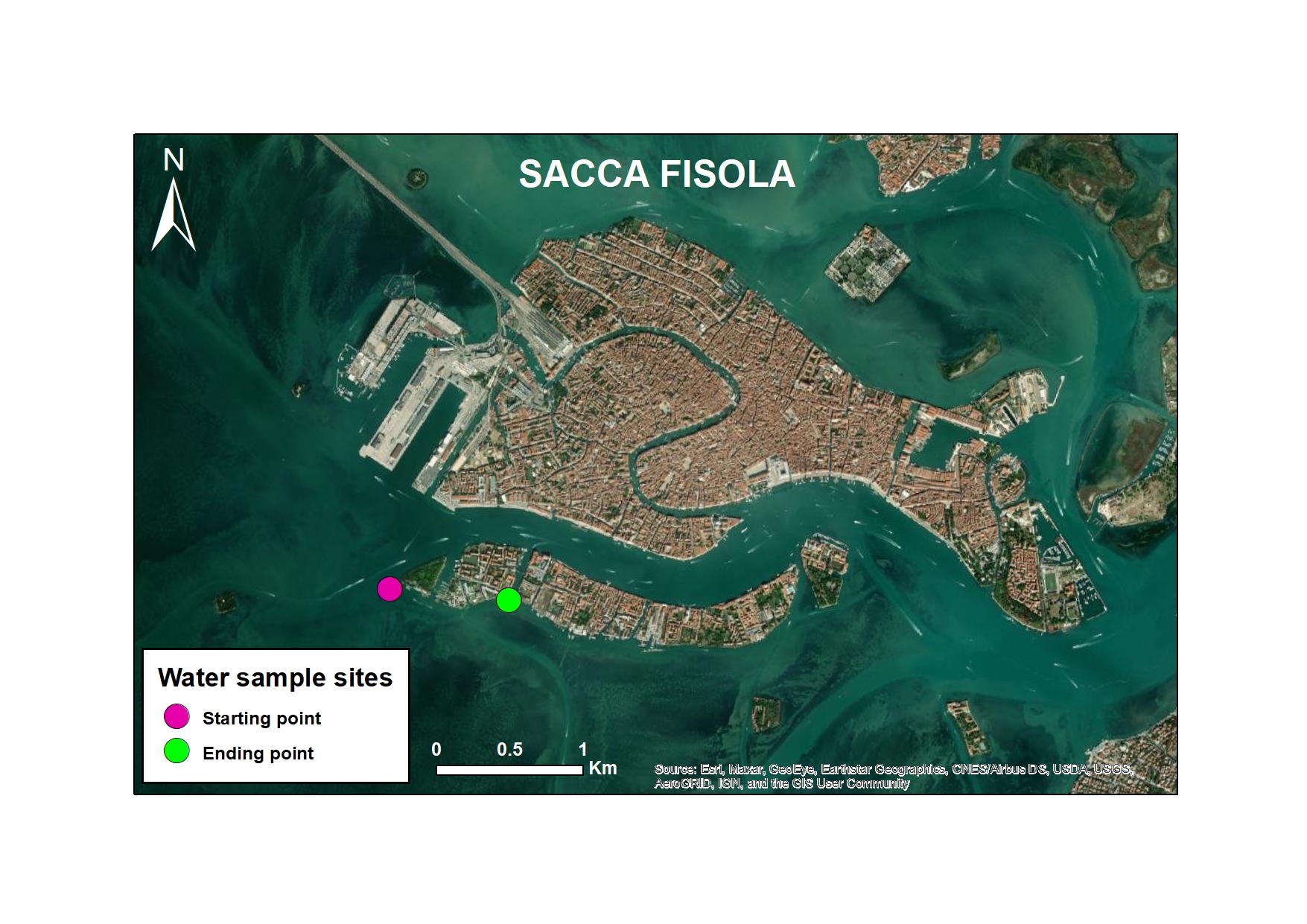
As part of the European MAELSTROM project, microplastic monitoring was carried out to assess the impact of marine cleaning operations. The study focused on two representative sites: Sacca Fisola, within the Venice Lagoon, characterised by high maritime traffic, and Mussel Farm, a coastal area near Cavallino-Jesolo, a former mussel farm. Both sites were monitored every six months and divided into before and after cleaning activities performed by the Seabed Robotic Cleaning Platform (autumn 2022 and late spring 2023 for the Sacca Fisola site and late spring 2023 for the Mussel Farm site). This innovative robotic system has been designed to remove macro-litter from the seabed. Among the matrices analysed, particular attention was paid to the water column to investigate whether macrolitter removal also influenced the presence of microplastics (MPs). The main objective was to assess any changes in the concentration of secondary MPs, which are particularly abundant in the marine environment, as a result of the clean-up operations. This approach represents an innovative contribution to understanding the interactions between macrolitter and MPs and to improving marine pollution mitigation strategies.
-

As part of the European MAELSTROM project, microplastic monitoring was carried out to assess the impact of marine cleaning operations. The study focused on two representative sites: Sacca Fisola, within the Venice Lagoon, characterised by high maritime traffic, and Mussel Farm, a coastal area near Cavallino-Jesolo, a former mussel farm. Both sites were monitored every six months and divided into before and after cleaning activities performed by the Seabed Robotic Cleaning Platform (autumn 2022 and spring 2023 for the Sacca Fisola site and spring 2023 for the Mussel Farm site). This innovative robotic system has been designed to remove macro-litter from the seabed. Monitoring also focused on surface sediments with the main objective of assessing the correlation between macro-litter removal and changes in MP concentrations in sediments.
-

As part of the European MAELSTROM project, microplastic monitoring was carried out to assess the impact of marine cleaning operations. The study focused on two representative sites: Sacca Fisola, within the Venice Lagoon, characterised by high maritime traffic, and Mussel Farm, a coastal area near Cavallino-Jesolo, a former mussel farm. Both sites were monitored every six months and divided into before and after cleaning activities performed by the Seabed Robotic Cleaning Platform (autumn 2022 and spring 2023 for the Sacca Fisola site and spring 2023 for the Mussel Farm site). This innovative robotic system has been designed to remove macro-litter from the seabed. Among the matrices analysed, particular attention was paid to bivalves, which are used as bio-indicators. Several species, including Mytilus galloprovincialis, Magallana gigas and Ostreola stentina, were sampled to monitor the accumulation of microplastics (MPs) in them. The main objective of the study was to assess whether the removal of macrolitter resulted in a reduction of microplastics in the environment.
-

As part of the European MAELSTROM project, microplastic monitoring was carried out to assess the impact of marine cleaning operations. The study focused on two representative sites: Sacca Fisola, within the Venice Lagoon, characterised by high maritime traffic, and Mussel Farm, a coastal area near Cavallino-Jesolo, a former mussel farm. Both sites were monitored every six months and divided into before and after cleaning activities performed by the Seabed Robotic Cleaning Platform (autumn 2022 and late spring 2023 for the Sacca Fisola site and late spring 2023 for the Mussel Farm site). This innovative robotic system has been designed to remove macro-litter from the seabed. Among the matrices analysed, particular attention was paid to bivalves, which are used as bio-indicators. Several species, including Mytilus galloprovincialis, Magallana gigas and Ostreola stentina, were sampled to monitor the accumulation of microplastics (MP) in them. The main objective of the study was to assess whether the removal of macrolitter resulted in a reduction of microplastics in the environment.
-

As part of the European MAELSTROM project, microplastic monitoring was carried out to assess the impact of marine cleaning operations. The study focused on two representative sites: Sacca Fisola, within the Venice Lagoon, characterised by high maritime traffic, and Mussel Farm, a coastal area near Cavallino-Jesolo, a former mussel farm. Both sites were monitored every six months and divided into before and after cleaning activities performed by the Seabed Robotic Cleaning Platform (autumn 2022 and late spring 2023 for the Sacca Fisola site and late spring 2023 for the Mussel Farm site). This innovative robotic system has been designed to remove macro-litter from the seabed. The main objective was to assess possible changes in the concentration of secondary MPs, which are particularly abundant in the marine environment, following clean-up operations. This approach represents an innovative contribution to the understanding of macro-litter-MP interactions and to the improvement of marine pollution mitigation strategies.
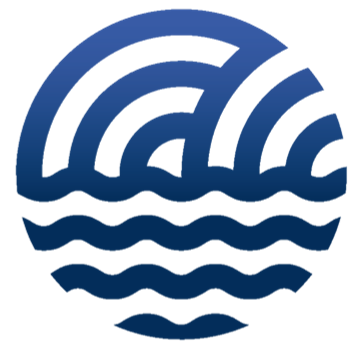 CNR-ISMAR
CNR-ISMAR